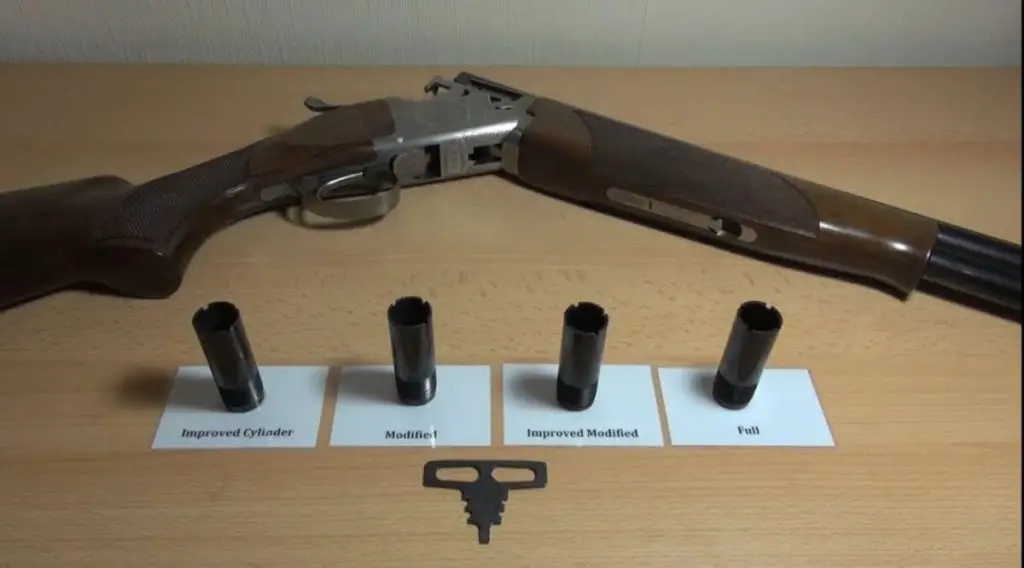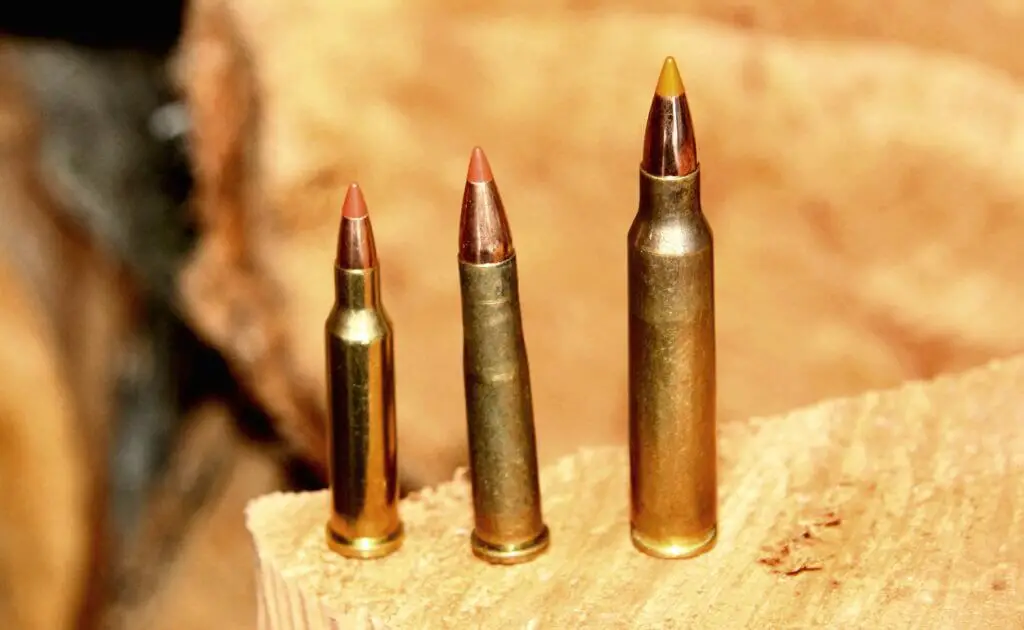When it comes to archery and hunting gear, the name Mathews is synonymous with top-of-the-line quality, precision, and reliability. Two of Mathews’ standout models, the VXR and V3, are often the subject of comparison among enthusiasts and professionals alike. These two high-end compound bows have earned praise for their outstanding performance, innovative design, and superior technology. This brings archers and hunters to the inevitable question, which one is better? Let’s delve deep into the features, differences, and similarities of the Mathews VXR and V3.
Mathews VXR: A Closer Look
The Mathews VXR is celebrated for its stability and accuracy which are two of the most crucial factors any archer or hunter would consider in a compound bow. It tips the scales at 4.44 to 4.67 lbs. depending on the model, a weight that ensures a superb balance in hand.
Design and Performance
The VXR’s standout feature is its integrated Silent Connect System (SCS) compatible with Mathews’ bow rope and sling. This unique feature delivers easy transport and enhanced mobility, a great benefit for hunters. Along with the SCS, the VXR features an extended six-bridge riser designed to increase stability and consistency.
Technology
At the heart of the VXR compound bow is the CrossCentric Cam system. This integrated technology provides a smooth draw and exceptional speed.
Mathews V3: A Comprehensive Overview
The V3 is the latest offering from Mathews, with design features meant to improve upon the VXR’s already excellent performance. There are two versions: the V3 27 and the V3 31, named after the bow’s axle-to-axle lengths.
Design and Performance
Both V3 models come with a longer riser that aims to offer similar stability to the VXR despite their more compact size. The V3 bows are also lightweight, weighing only 4.29 to 4.5 lbs., making them easy to handle. Like the VXR, the V3 models are also compatible with the Silent Connect System for bow rope and sling use.
Technology
What sets the V3 apart from the VXR is the introduction of the CenterGuard Cable containment system. This system provides optimal cam timing while the cables are at the true center of the string’s plane.
Mathews VXR Vs. V3: Comparing the Features
When it comes to comparing the two, we’ll focus on a few critical attributes: design, stability, weight, speed, and technology.
| Mathews VXR | Mathews V3 | |
|---|---|---|
| Design & Build | The VXR boasts a longer axle-to-axle length, as well as a six bridge riser for increased stability. | The V3 features a longer riser in a compact frame, offering stability while being lighter and more portable. |
| Stability | Known for its excellent stability due to its design and weight. | Despite being compact in size, it also offers similar stability as the VXR. |
| Weight | The VXR weighs between 4.44 to 4.67 lbs. | The V3 is lighter, weighing between 4.29 to 4.5 lbs. |
| Speed | Its CrossCentric Cam system enables it to achieve high speeds. | Though still very quick, V3 is a little slower than the VXR. |
| Technology | It uses CrossCentric Cam technology for an efficient draw. | In addition to CrossCentric Cam, it features the new CenterGuard Cable containment technology for optimal cam timing. |
It is evident both the Mathews VXR and the V3 have their unique strengths and offer excellent performance. Choosing between the two will ultimately depend on your personal preference and usage. Consider factors such as design, complexity, weight, technological innovation, and stability when making your decision.
Frequently Asked Questions
1. What is the difference between the Mathews VXR and V3?
The Mathews VXR and V3 are both high-quality compound bows, but there are a few key differences between them. The VXR features a longer axle-to-axle length, resulting in a more stable shooting platform and better forgiveness. On the other hand, the V3 has a shorter axle-to-axle length, making it more maneuverable and compact. The V3 also incorporates the new Centerguard cable containment system, which reduces cable-induced torque and enhances accuracy. Additionally, the V3 comes with the Engage Grip, which provides better hand placement and consistency. Overall, the choice between the Mathews VXR and V3 depends on your priorities and shooting preferences.
2. What year did the Mathews V3 come out?
The Mathews V3 was released in 2021, introducing several innovative features and advancements in bow technology. With its compact design, excellent stability, and precision, the V3 has quickly gained popularity among archery enthusiasts.
3. What does a Mathews V3X cost?
The retail price for a Mathews V3X may vary depending on specific configurations and optional accessories. As of the time of writing, the base price for a Mathews V3X starts at around $1,199. However, prices can fluctuate based on location, additional features, and any promotions or discounts available.
4. What is the difference between Mathews VXR 28 and 31?
The Mathews VXR 28 and VXR 31 are two variations within the VXR series, primarily differing in axle-to-axle length. The VXR 28 measures at 28 inches axle-to-axle, while the VXR 31 measures at 31 inches. The shorter VXR 28 offers enhanced maneuverability and is suitable for hunting in tight spaces, whereas the VXR 31 provides more stability and forgiveness, making it great for target shooting or open hunting areas. The choice between the two depends on your shooting style and intended use.
5. What is the draw weight range for Mathews V3 bows?
The Mathews V3 bows have a draw weight range of 30-80 pounds. This wide range allows archers to choose a suitable draw weight based on their preference, strength, and shooting requirements. It is important to select a draw weight that you can comfortably handle and control for optimal shooting performance.
6. Do Mathews V3 and VXR bows come with a warranty?
Yes, Mathews V3 and VXR bows come with a limited lifetime warranty for the original owner. This warranty covers defects in materials and workmanship. However, it is recommended to register your bow with Mathews Archery to ensure the warranty is valid and comprehensive. Make sure to review the warranty terms and conditions provided by Mathews Archery for specific details.
7. Can I adjust the draw length on Mathews VXR and V3 bows?
Yes, both the Mathews VXR and V3 bows offer draw length adjustment options. These bows incorporate the Mathews® Crosscentric® Cam Systems, which allow for a wide draw length range without requiring a bow press for adjustment. By following the manufacturer’s instructions and using the provided modules or cams, you can adjust the draw length within the specified range to find your most comfortable and accurate setting.
8. Are the Mathews VXR and V3 bows suitable for beginners?
While the Mathews VXR and V3 bows are highly regarded for their performance and quality, they may not be the most beginner-friendly options. These bows are designed for archers with some experience and knowledge in archery. If you are a beginner, it is recommended to start with bows tailored for entry-level archers and gradually progress to advanced models like the VXR and V3 as your skills and understanding improve.
9. Can Mathews V3 and VXR bows be used for hunting?
Absolutely! Both Mathews V3 and VXR bows are suitable for hunting. These bows offer excellent accuracy, reliability, and durability, making them popular choices among hunters. The choice between the V3 and VXR largely depends on personal preferences, shooting style, and hunting conditions. The VXR’s longer axle-to-axle length provides more stability, while the V3’s shorter length offers improved maneuverability in tight hunting spaces.
10. Are Mathews V3 and VXR bows available in left-handed models?
Yes, Mathews offers left-handed models for both the V3 and VXR bows. Left-handed archers can enjoy the same advanced features, performance, and quality as right-handed archers. It is important to check with local archery retailers or Mathews authorized dealers to ensure availability and options for left-handed models.
- How to Put a Scope on a Mosin Infantry in Tarkov: A Quick Guide - November 7, 2024
- How to Edit a Scope Box in Revit: A Step-by-Step Guide - November 6, 2024
- How to Put a Scope on Mosin Tarkov: Expert Tips for Gamers - November 6, 2024


